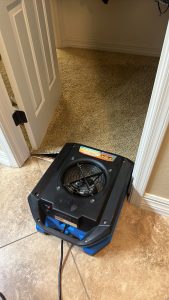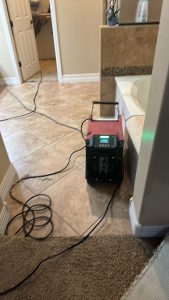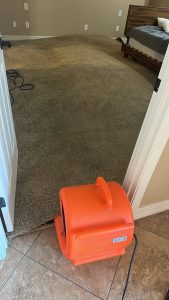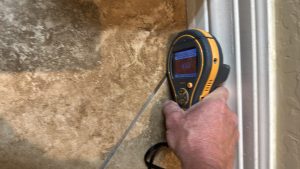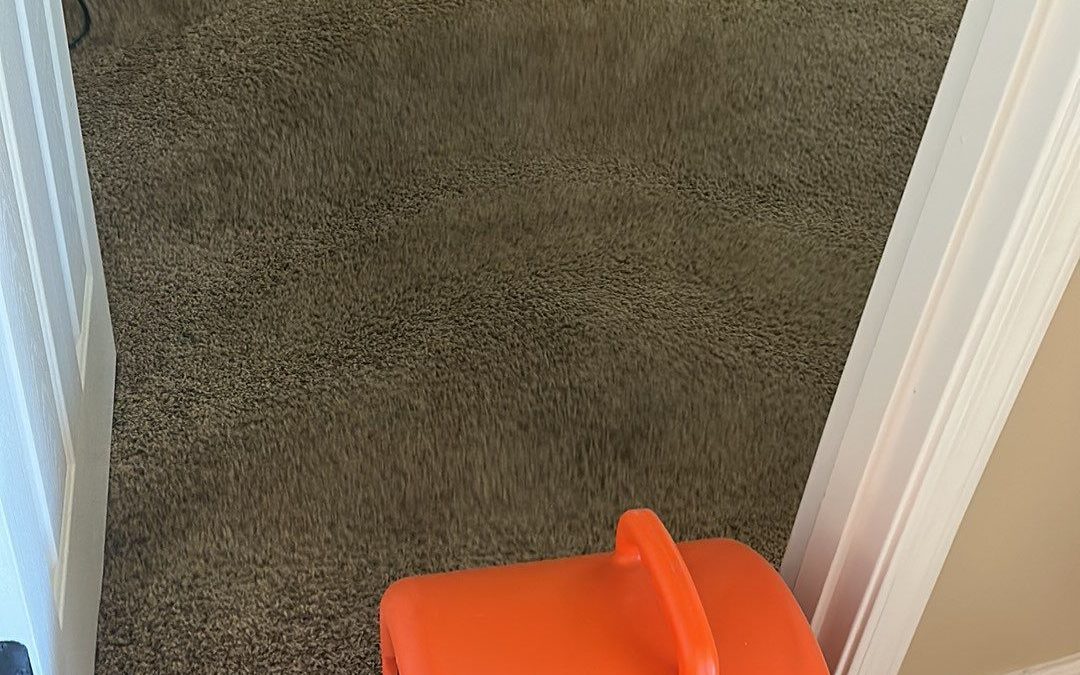Discovering that a toilet has overflowed overnight can be alarming, but prompt action can mitigate damage and restore normalcy. Begin by shutting off the water supply to the toilet. Locate the shut-off valve, usually found behind the toilet near the floor, and turn it clockwise to stop the water flow. This immediate step prevents further flooding.
Next, assess the extent of the overflow. If water has reached other rooms or seeped into the flooring, you’ll need to act quickly to prevent serious water damage. Use towels, mops, and a wet/dry vacuum to soak up the standing water. Remove any rugs, mats, and other absorbent materials from the area to prevent mildew and mold growth. Placing fans and dehumidifiers in the affected area can help expedite the drying process.
Inspect the ceiling of the room below the bathroom, if applicable, for signs of water damage such as discoloration or sagging. If you notice significant damage, it may be necessary to consult a professional for repairs.
Clear the clog that caused the overflow. Use a plunger to try to dislodge the blockage. If the plunger doesn’t work, a toilet auger or plumber’s snake can be used to break up or remove the obstruction. Avoid using chemical drain cleaners, as they can damage the pipes and are harmful to the environment.
Sanitize the area thoroughly. The water from an overflowed toilet can contain harmful bacteria and germs. Clean and disinfect the floor, baseboards, and any affected surfaces using a mixture of bleach and water or a disinfectant cleaner.
To prevent future overflows, educate household members on what should and shouldn’t be flushed down the toilet. Regular maintenance, such as checking for slow drainage and addressing minor clogs promptly, can also help keep your plumbing system in good condition.
If the problem persists or if you’re unsure about handling the cleanup and repairs, it’s best to contact a professional plumber. Their expertise can ensure the issue is resolved correctly and prevent further complications.
